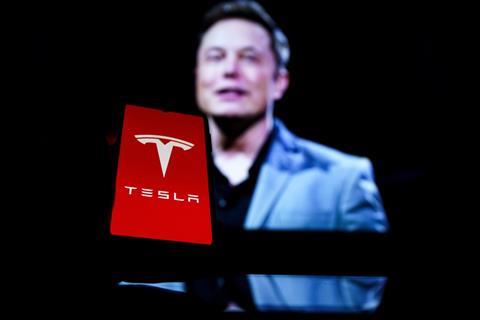Elon Musk, the billionaire CEO of Tesla, has unveiled his “Master Plan 3” during an Investor Day event at the Tesla Gigafactory in Texas, US. This plan outlines Tesla’s vision for a “fully sustainable Earth,” with the company leading the global effort to end the use of fossil fuels and transition to a more sustainable energy system. Musk outlined a range of solutions to the energy and climate crisis, including an acceleration of renewable energy, more electric vehicles, and heat pumps in homes and buildings.

Musk’s Master Plan 3 includes investments in green technologies like heat pumps, high-temperature heat delivery, and green hydrogen for industrial applications. He also discussed the use of planes and boats powered by hydrogen and electricity, in a bid to create “a sustainable energy civilization.” Musk estimates this global transition will require approximately $10 trillion in investments.
The world is currently facing an unprecedented fossil fuel energy crisis, with the wholesale cost of gas reaching unprecedented levels, leaving billions around the world struggling to pay for gas and electricity. Musk’s plan aims to provide “sustainable energy for all of Earth,” without destroying natural habitats or requiring people to live in austere conditions.
One of the key solutions outlined by Musk is the use of heat pumps, which are highly efficient devices that can provide both heating and cooling to homes and buildings. Heat pumps work by extracting heat from the air or ground and transferring it into the building, making them a highly efficient and low-carbon alternative to traditional heating and cooling systems.
Tesla executives also claimed that achieving a sustainable energy system would not require significant mining of ore, and would actually require less mineral extraction, not more. This is due to the increasing efficiency of renewable energy technologies, which require fewer raw materials to produce the same amount of energy.
Musk also shattered some common myths about renewable energy, stating that it would only require around 0.2 percent of the Earth’s surface to produce the 30 terawatts of wind and solar power needed to power the global economy.


















